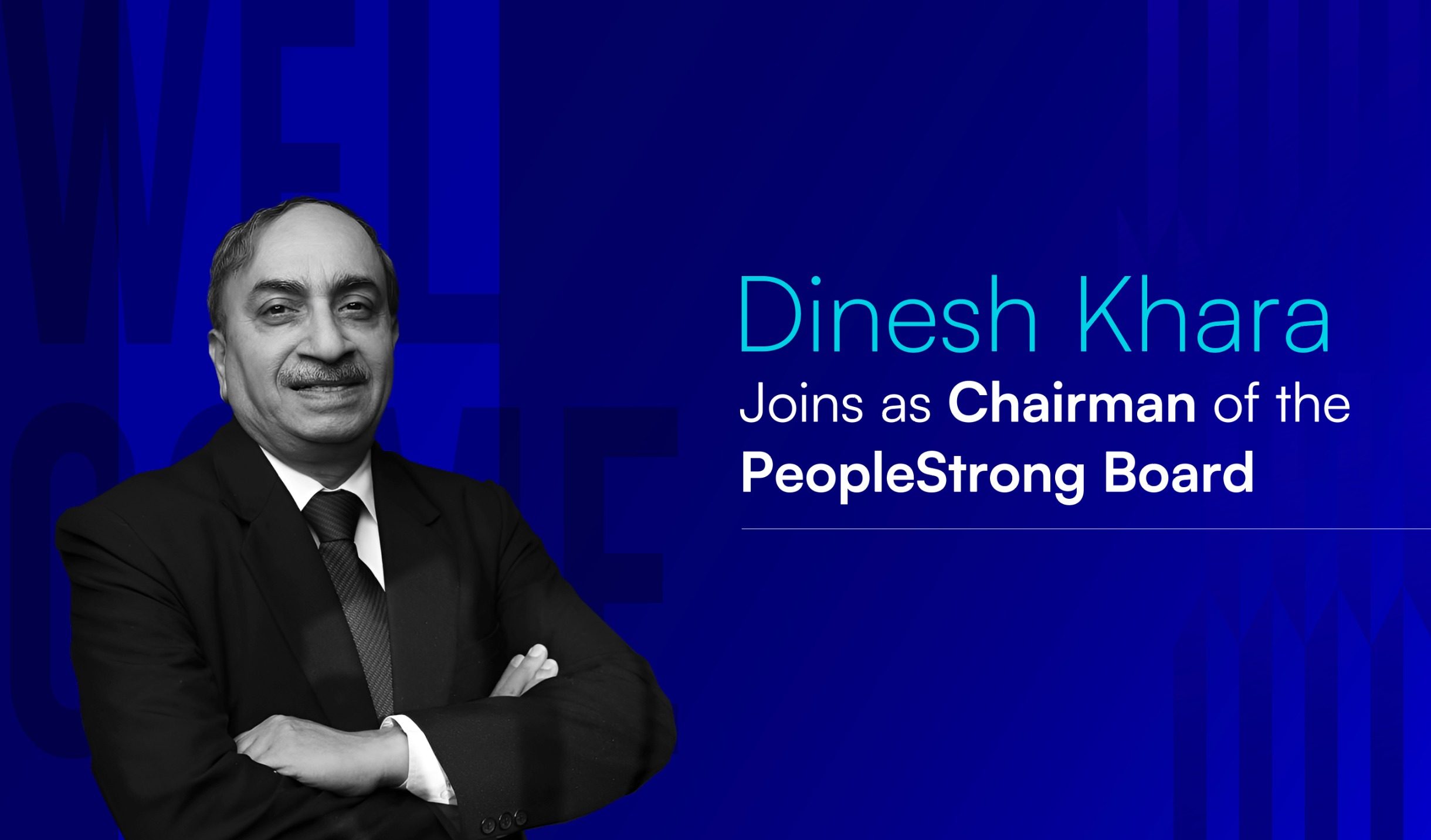Your company’s culture defines its work environment. While a positive one helps the workforce thrive, a negative one propagates conflict and hostility. It doesn’t end there -if left unchecked, a toxic work culture can even compel employees to quit their jobs. In fact, it is 10.4 times more likely to contribute to attrition than compensation.
The hierarchy culture is commonly encountered in different types of organizations. Owing to its bureaucratic nature, this organizational culture is perceived as being rigid and toxic. However, that’s not entirely true. The hierarchy culture offers several advantages to both companies and their employees that other cultures may fail to provide. But only if you manage to implement it effectively.
Keen to learn how? Read this blog as we unfold the ins and outs of the hierarchy culture and help you reap its benefits.
What Is the Hierarchy Culture?
The hierarchy culture refers to a structured organizational setting with top-down lines of command, standardized procedures, and formal decision-making frameworks. It is focused on maximizing efficiency, stability, and consistency.
In organizations where the hierarchy culture is followed, you will notice the CEO at the top of the chain of command, followed by senior executives, middle managers, and team leads. At the base of this structure stand the front-line employees.
What Are the Characteristics of a Hierarchy Culture?
Here are some core characteristics that define the hierarchy culture:
Clear Chain of Command
The hierarchy culture follows a structured, top-down chain of command for decision-making, especially when formulating strategies. It starts with the CEO discussing a plan with their board of directors and senior executives. Once sanctioned, the plan is executed at every level, down to the front-line staff.
Formal Processes
Organizations that follow the hierarchy culture formalize all their day-to-day processes. This is called setting SOPs (Standard Operating Procedures), which are written instructions that guide employees in executing specific tasks correctly and consistently.
Top-Down Leadership
In a hierarchical organization, authority flows from top to down. The CEO and the board of directors have the highest decision-making power. They decide the company’s mission and set its policies.
Senior executives and managing directors are responsible for implementing those policies. Managers and team leads set SOPs and oversee the company’s day-to-day operations, ensuring employees work in accordance with the company’s policies.
Emphasis on Efficiency
The hierarchy culture focuses on maximizing an organization’s operational efficiency. Each of its aspects—top-down leadership, a clear line of command, and formal procedures—is designed to eliminate inefficiencies and optimize resources to achieve the best possible results.
Benefits of the Hierarchy Culture
As mentioned above, there are several benefits of implementing a hierarchy culture in an organization. Here are some of the major ones:
Boosts Efficiency
The foundation of the hierarchy culture is enhancing an organization’s efficiency. From clear chains of command to top-down leadership, each element ensures smoother workflows, clear responsibilities, and standardized processes. This helps reduce confusion and maximize efficiency.
Streamlines Decision-Making
In a hierarchical organization, everyone is aware of their authority. They supervise their juniors and report to their seniors. This reduces uncertainty, fosters accountability, and supports streamlined decision-making.
Enhances Stability
Hierarchical organizations think long-term. They centralize power, set up processes, and define roles and responsibilities so there is less confusion and more clarity in the organization. This helps avoid unnecessary disruptions in the workflow, contributing to steady, stable growth of the organization.
Fosters Consistency
Businesses that develop solid process consistency often witness a significant boost in productivity, accuracy, and customer satisfaction. Hierarchical organizational cultures encourage that. Standardizing a business’s major operational processes helps establish consistency. This proves particularly helpful in high-stakes industries like banking and healthcare, where precision and compliance are non-negotiable.
Drawbacks of the Hierarchy Culture
So far, so good—but the hierarchy culture also has its fair share of cons. Here are the ones you should be aware of:
Limited Flexibility
Hierarchical companies are rigid by design. With pre-established procedures and guidelines, there is little to no room for employees to make decisions independently. While such a bureaucratic structure helps attain stability and consistency, it limits innovation, creativity, and adaptability.
Employee Disengagement
According to a 2025 study, as many as 85% of employees are disengaged at work. While several factors can cause this, in hierarchical organizations, issues like mundanity, micromanagement, and lack of autonomy often lead to employee disengagement. This tends to have serious repercussions on an organization’s overall productivity and profitability.
Communication Barriers
In a hierarchical culture, all the important information flows from top to bottom. The CEO or the leaders make the decision while the rest of the staff executes it on their own level. Employees typically have limited input, and most of the decision-making rests with the team leads, managers, and senior leadership. The communication is often top-down in such structures.
Slow Decision-Making
One of the most critical shortcomings of a hierarchical organizational culture is its slow decision-making ability. Due to the top-down structure, plans must be approved by layers of management to come into fruition. This slows down responses to market changes, customer needs, and employee demands.
When Can Hierarchical Structures Work?
Due to its unique structure, the hierarchy culture is fit for a select few types of organizations. For example:
Military Organizations
Military organizations like the Army, Navy, and Air Force rely on strong discipline and structure to function efficiently. They require clear lines of command and centralized authority to ensure decisions are made with due diligence and implemented without deviation. This is why a hierarchical culture works best for them.
Healthcare Institutions
Healthcare institutions have to comply with a multitude of laws and regulations to legally operate in the most countries. That’s not all -they must also ensure role clarity and authority to address critical patient needs without delay. A hierarchical structure helps in doing so. It establishes clear roles, responsibilities, and procedures to ensure hospitals comply with health regulations and provide prompt service to patients.
Banks and Financial Institutions
Like healthcare institutions, banks, insurance companies, and investment firms need to ensure compliance with various regulations to avoid legal issues. A hierarchical structure supports this by formalizing policies and processes. It also helps with risk management, internal controls, and decision-making.
When Will It Not Work?
Here are some organizational types where a hierarchy culture may not work:
Startups
Startups are innovation-focused and operate in fast-changing environments. They don’t have any strict line of command or procedures. Their employees enjoy relative autonomy and participate in the decision-making process. These core characteristics make them unsuitable for a rigid organizational culture like the hierarchy culture.
Creative Organizations
Companies in industries like advertising, media, and design thrive on collective input-sharing and creativity. They cannot function in environments where decision-making and authority are centralized, as it can negatively impact their innovation and agility. This is why the hierarchical structure is unfit for them.
Tech Companies
Companies involved in tech or related fields like AI and software development need to be dynamic to promptly address changing customer needs and market behavior. Hierarchical structures tend to slow down processes, so they don’t work for them.
Employee-Centric Organizations
Various companies around the globe prioritize autonomy and shared leadership, like Spotify and Zappos. They avoid rigid hierarchies in their workplaces, as they can reduce engagement and satisfaction among their employees. This is why the hierarchical culture is not suitable for them.
How to Make the Hierarchical Structure Work for You?
HRs play a pivotal role in making the hierarchy culture work for an organization. So if you’re an HR manager, follow these tips to implement and reap the benefits of the hierarchical culture in your company:
Establish Clear Channels of Communication
One of the main reasons the hierarchy culture doesn’t work for an organization is that it tends to be unreceptive. Prevent that by implementing open-door policies, employee feedback systems, and regular check-ins. This way, you can enable employees to communicate with management efficiently.
Introduce Flexibility in Procedures
A hierarchical organizational culture is known for being rigid. However, this restricts creativity and breeds monotony. Therefore, try to allow room for situational adjustments in SOPs and workflows. Empower lower-level managers to make decisions and modify processes when necessary.
Encourage Employee Development
According to statistics, 58% of employees believe professional development boosts their job satisfaction. So, design leadership development programs that focus on emotional intelligence, people management, and decision-making skills. Training managers to be approachable, fair, and communicative helps create a hierarchy that is respected rather than feared.
Foster a Culture of Recognition
A rigid hierarchy can sometimes make employees feel like just another cog in the machine. Mitigate this by implementing employee recognition programs, performance-based incentives, and engagement initiatives. By celebrating achievements, fostering a positive work environment, and offering career progression opportunities, you can ensure that hierarchy remains structured yet motivating.
Conclusion
While hierarchy culture is often labeled as rigid or outdated, the reality is more nuanced. When implemented with clarity, fairness, and flexibility, it can provide the structure, consistency, and accountability that many organizations need, especially those operating at scale. The key lies in balancing control with adaptability and authority with empowerment. By doing so, businesses can harness the strengths of a hierarchical model while minimizing its downsides.
Ready to build a workplace culture that supports both structure and success? Partner with PeopleStrong to design intelligent, people-first HR systems that align with your organizational goals, regardless of your culture type.
Hurry up—get in touch!
What are the types of organizational culture?
Traditionally, four types of cultures are prevalent in the corporate world: clan culture, adhocracy culture, market culture, and hierarchy culture.
What companies have a hierarchy culture?
Generally, companies that operate on a large scale or in high-risk industries follow a culture of hierarchy. This helps them establish a clear chain of command and ensure compliance with regulations. Examples include Walmart, Amazon, Goldman Sachs, etc.
Is the hierarchy culture bad?
A hierarchical organizational culture can help organizations establish order and operate more methodically. However, it can also limit innovation and lead to employee dissatisfaction. Thus, it tends to have both positive and negative effects on the workplace.
FAQs













